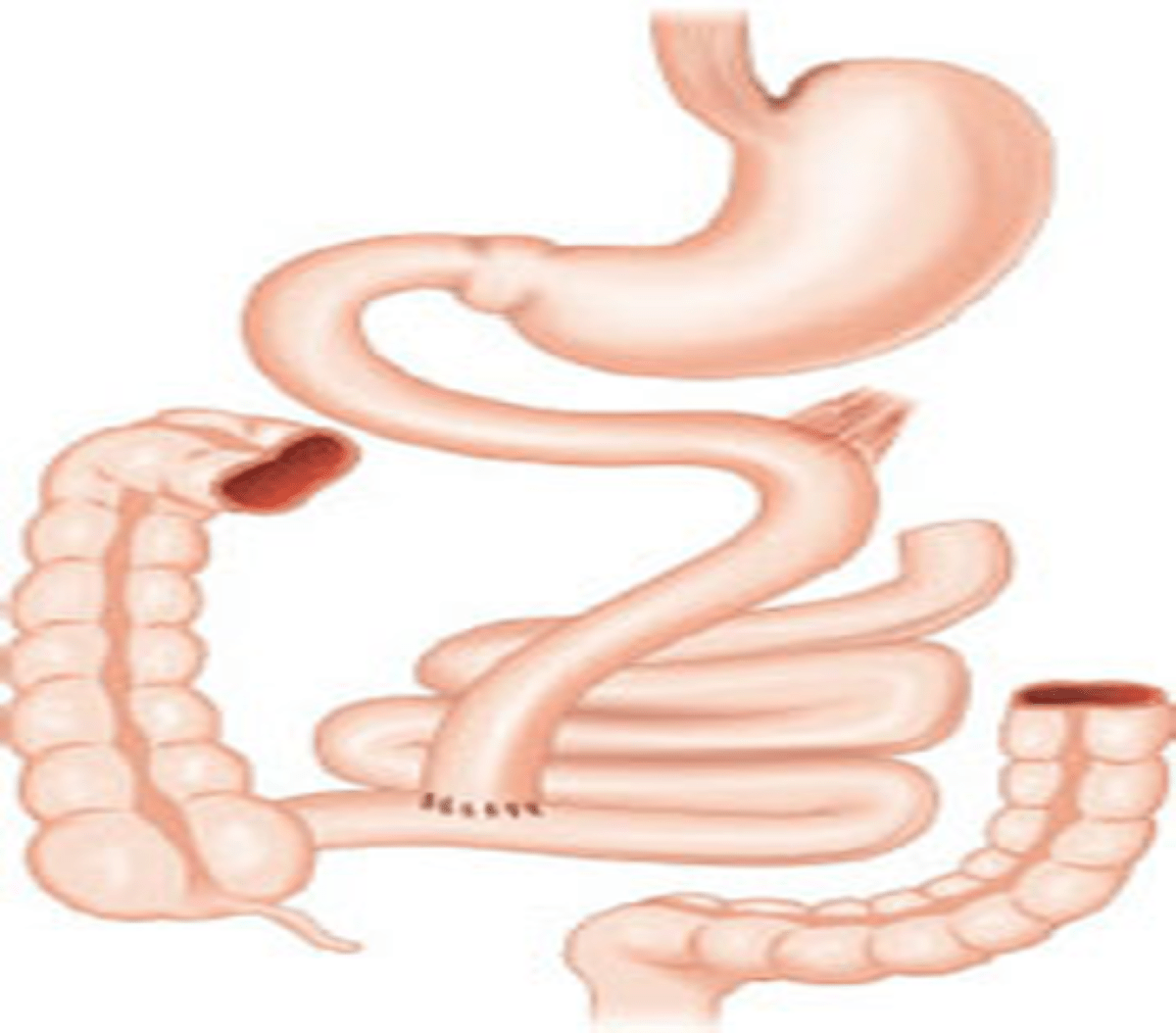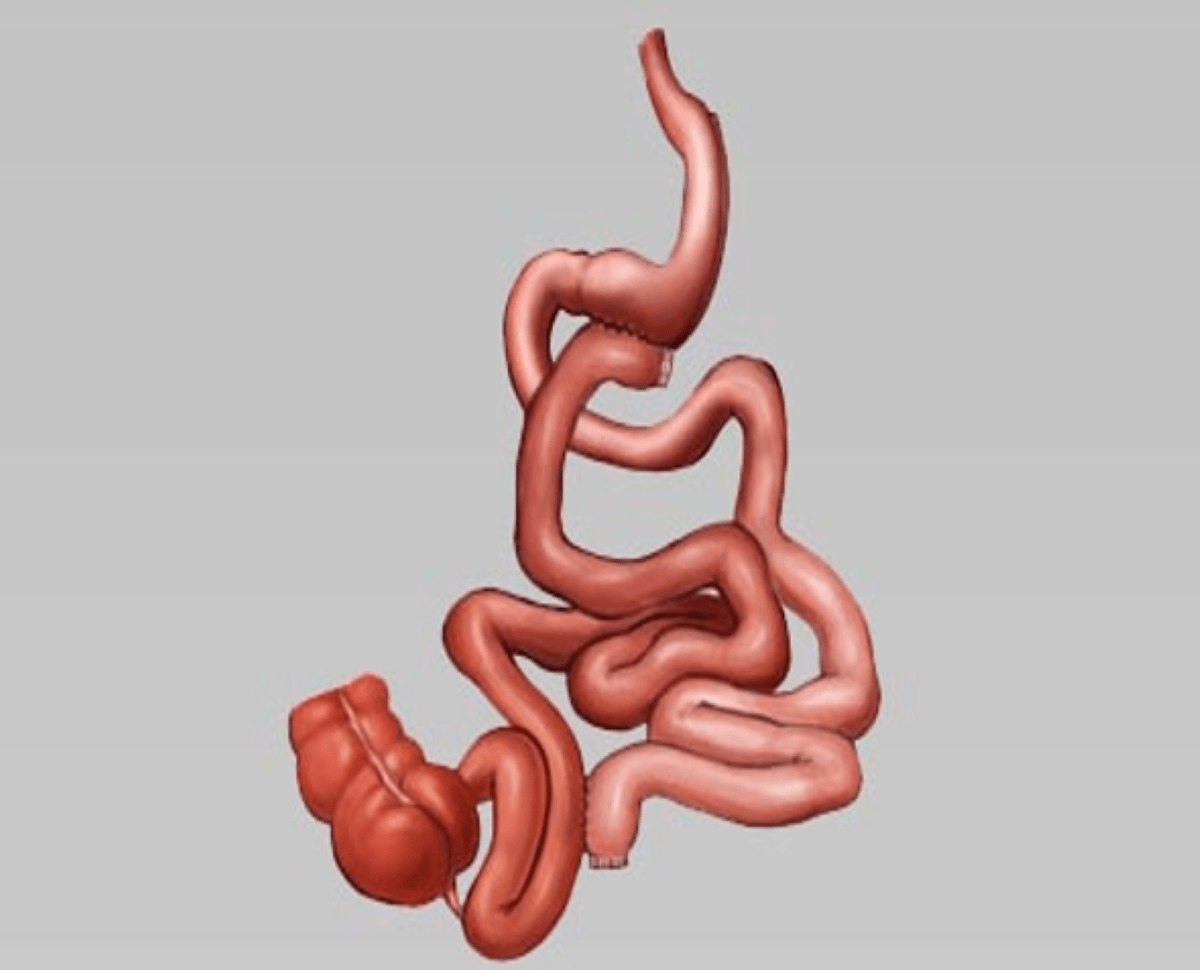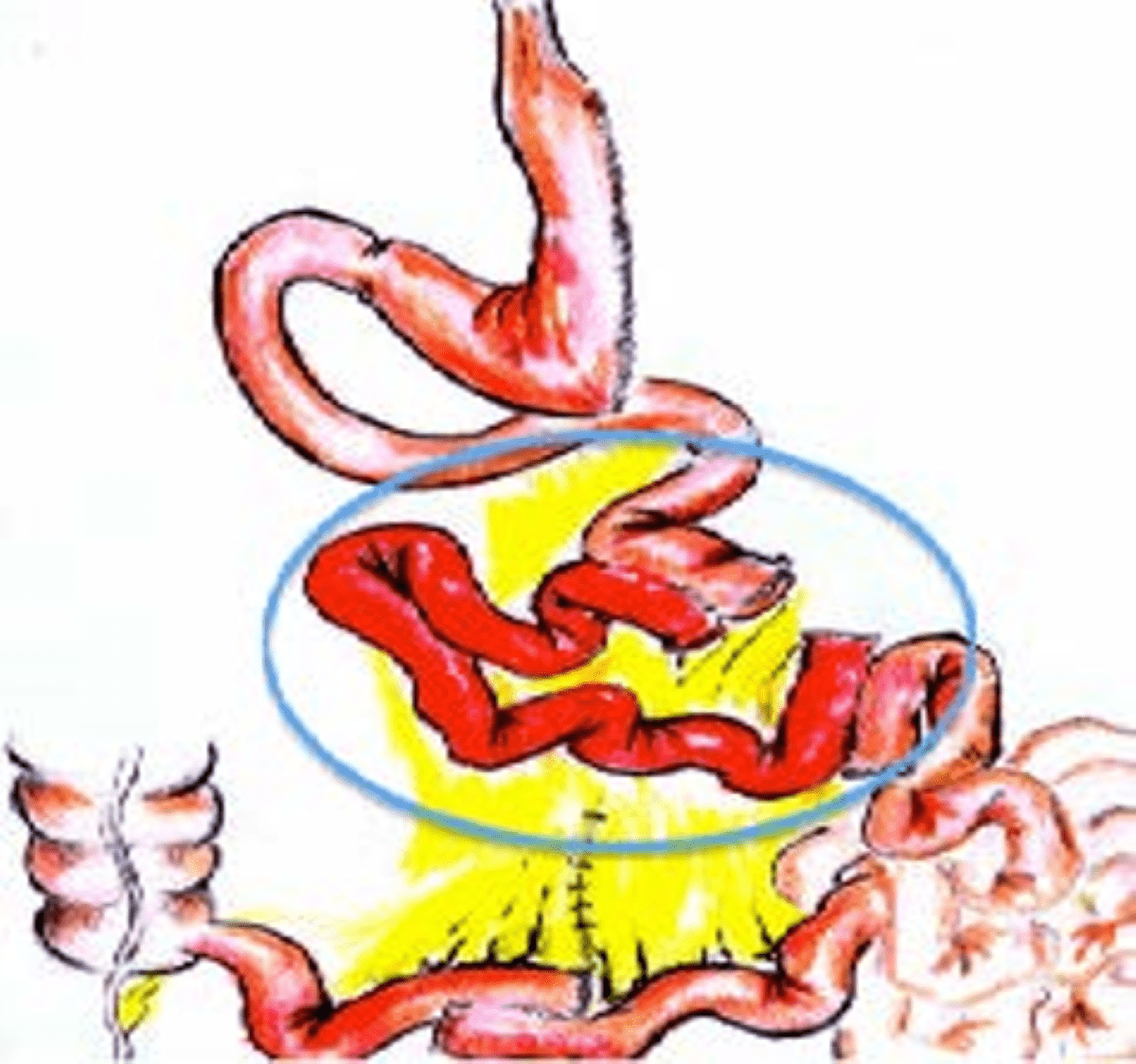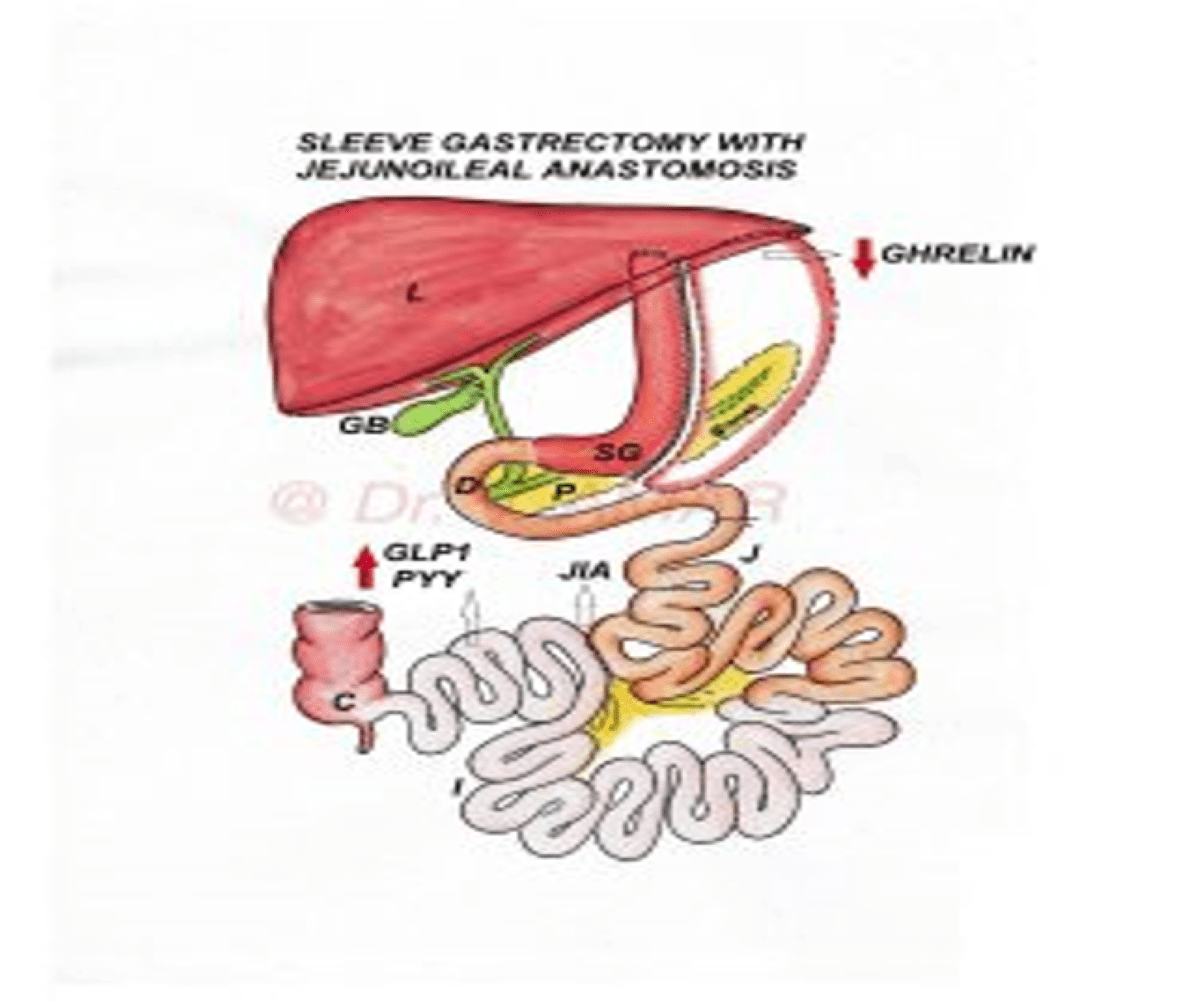
What is Diabetes?
Diabetes mellitus is a disease that occurs due to insufficient secretion or ineffectiveness of the insulin hormone produced in the pancreas, and the inability of sugar molecules that pass from the intestines to the blood to enter the cells and accumulate in the blood. A fasting blood sugar above 126mg/dl or a postprandial blood sugar above 200mg/dl is sufficient for the diagnosis of diabetes. Individuals with a fasting blood sugar of 100-126mg/dl have impaired glucose tolerance and their diabetes status is checked by performing the Oral Glucose Tolerance Test (OGTT). It is broadly classified as Type I and Type II. There are also some intermediate forms of these two types. Type I diabetes usually develops as a result of the destruction of insulin-producing cells after some infectious diseases in childhood or adolescence, after autoimmune body defense attacks the pancreatic tissue. In its treatment, lifelong insulin is used. This group of patients does not benefit much from diabetes surgery. Type II diabetes usually occurs in obese individuals in adulthood. Due to the excess fat in the cells, there is resistance to insulin at the cellular level, and insulin does not have an effect even though it is secreted from the pancreas. Since there is not enough sugar fuel inside the cells, they cannot produce energy and do not perform their duties fully. Excess sugar accumulated in the blood is tried to be excreted by the kidneys. Kidneys, eyes, nerves, vessels and various tissues and organs are affected by high blood sugar and begin to deteriorate over time. In the treatment of type II diabetes, various tablets and insulin are used together with diet. When patients lose weight, they can get rid of diabetes because insulin resistance decreases.
Fundamentals of Surgical Treatments Used in the Treatment of Type II Diabetes
One of the reasons for the rapid increase in type II diabetes (diabetes) in the form of a serious epidemic in the world today is the western type of diet. With this diet, high-calorie refined foods are used. When this diet is combined with inactivity, it increases the tendency to obesity and diabetes. GLP-1 and some similar hormones are secreted from the last part of the small intestine called the ileum. The release of these hormones increases with the arrival of food in this region, but since refined foods are almost completely absorbed in the part of the intestines near the stomach, insulin resistance occurs because these hormones, which act as the opposite of insulin, are not activated with today's diet. In the surgical methods used in the treatment of type II, the stomach is made into a tube. In this way, the patient's eating portions are reduced and the food is quickly passed into the small intestine. In addition, since the fundus part of the stomach, which increases the hunger stimulus, is removed, the patient's feeling of fullness increases. In addition, the small intestine called ileum, which secretes active hormones, is brought closer to the stomach by various surgical methods, and hormones that reduce insulin resistance increase rapidly in the early stages of feeding. In this way, the severity of diabetes decreases rapidly and the blood sugar level of the patients returns to normal. With these procedures, the blood lipids of the patients and their hypertension over time are also improved.
Jejunoileal Bypass
In jejunoileal by-pass surgery, the part of the intestine near the stomach called the jejunum is separated from the large intestine called ileum and reconnected to a point close to the large intestine. In this way, most of the ileum is out of absorption. It is a surgery that is not preferred and not applied today due to its low success and the fact that some intestines remain blind.

Transit Bipartition
Transit Bipartition surgery is the general name of the process of cutting the ileum, which is close to the large intestine, and connecting the lower part of the stomach to the stomach and the upper part of the stomach connection to this intestine after certain lengths, in the form of a Y after the sleeve gastrectomy is performed on the patient. With this surgery, the patients' eating is restricted, their appetite is reduced, and the absorption of food is reduced due to intestinal connections and the hormones that break insulin resistance are activated. The sum of all these effects ensures that blood sugar returns to normal quickly, blood fats and cholesterol decrease, and other diabetes-related problems such as hypertension are also rapidly resolved. So much so that many of the patients stop taking their diabetes medications while being discharged from the hospital after the surgery. Scientific studies show that this surgery has a success rate of 90%, especially in overweight individuals. Side effects such as nausea-vomiting, greasy diarrhea and dumping syndrome can be seen in 2-4% of these patients.

Sasi (Single Anastomosis Sleeve İleal By-Pass)
SASI surgery is a simplified version of the Transit Bipartition procedure. A single intestinal connection is made to the stomach. Unlike the other, bile leakage may occur in the stomach. In other respects the results are similar to TB.
İleal Interposition
In ileal interposition surgery, the small intestine called ileum is brought closer to the stomach as a whole, and intestinal hormones are activated early. There are two different types as diverted and non-diverted. In the diverted type, the ileum is connected to the stomach, in the nondiverted type, it is placed between the jejunum, the part of the intestine near the stomach. It differs from TB in the absence of a deactivated part of the intestine that leads to malabsorption. In scientific studies, the success of this surgery is 80-85%.

Sleeve Gastrectomy + Jejunoileal Anastomosis
In sleeve gastrectomy + jejunoileal anastomosis surgery, the stomach is turned into a stomach tube and an anastomosis, that is, an interconnection, is created between the jejunum and the ileum, which excludes some of the intestine. In this way, the absorption of food is reduced and the ileum hormones are activated. Although it is a simple process to implement, its lower success than other methods reduces its widespread use.

For all your questions, comments and suggestions,
you can contact us via the form below.
Gürlife Hastanesi
Obezite ve Diyabet Cerrahisi
Fevzi Çakmak Mah. Akınsel Sok. No:1
Tepebaşı Eskişehir
0552 200 59 69
+90 507 350 07 26 (EN)
You can reach us through our social media channels,
you can be informed about innovations.